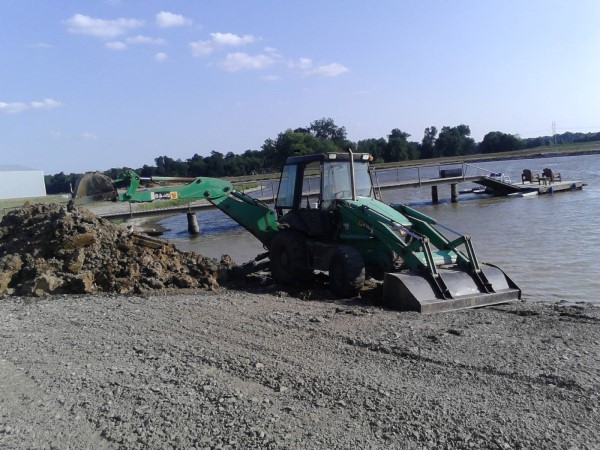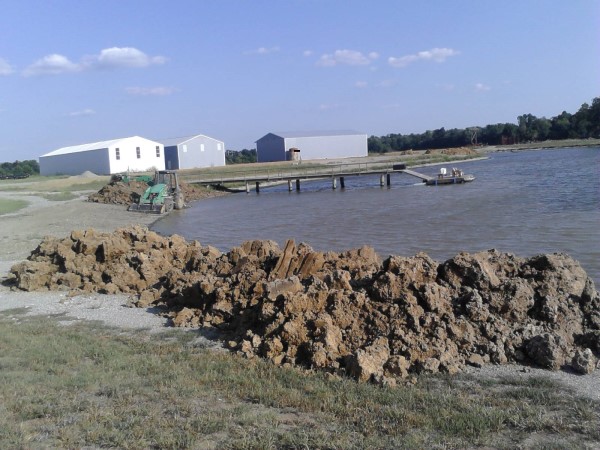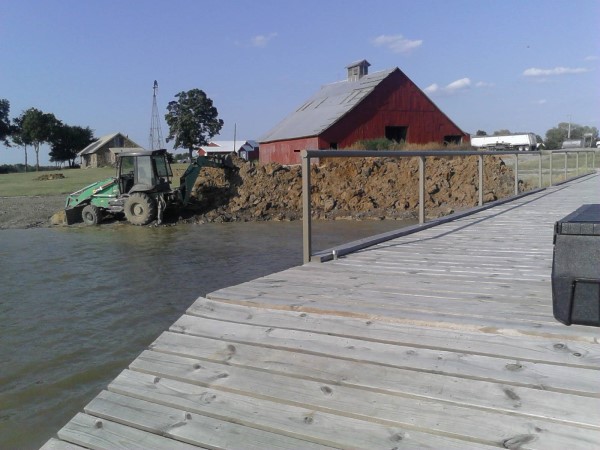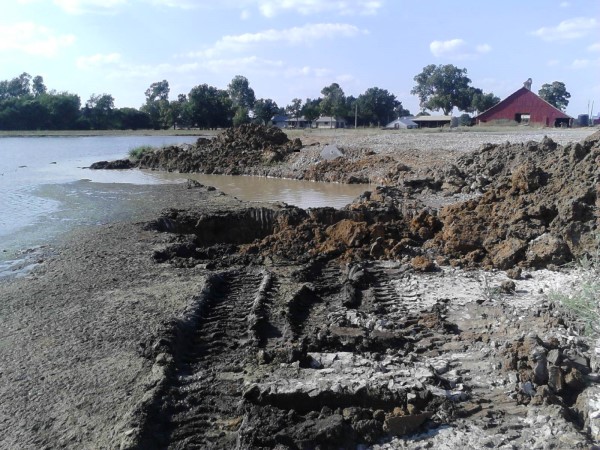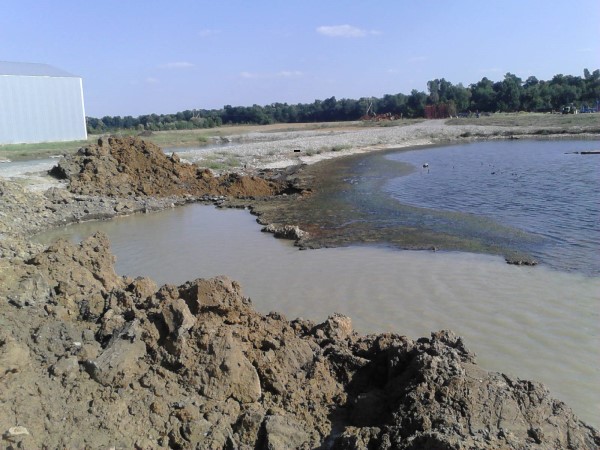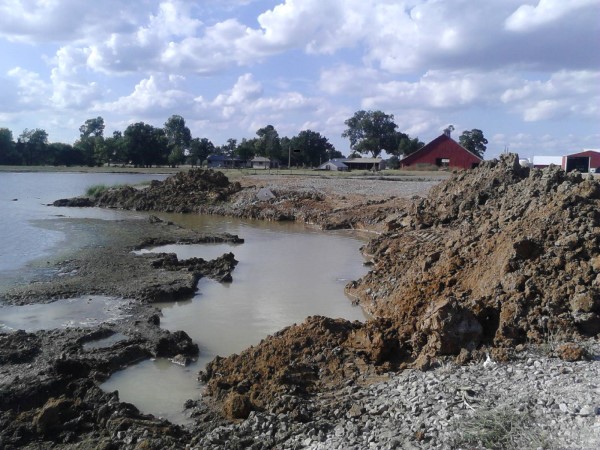Water quality issues - 04/02/18 06:59 PM
Newbie here. Trying to get some suggestions from the experts on how to improve water quality and reduce muck in our pond. We have a 1/2 acre, 40 year old wooded pond in central PA that has a lot of muck in the bottom and develops a red tint in the summer that severely reduces the clarity. The pond is spring fed with an average depth of 4' and a max depth of 12'.
We have been using a de-muck aerobic bacterial product for 5+ years with little luck. From what I have read on this site it sounds like aeration will help...any recommendations on an aeration system?
Thanks!
We have been using a de-muck aerobic bacterial product for 5+ years with little luck. From what I have read on this site it sounds like aeration will help...any recommendations on an aeration system?
Thanks!
